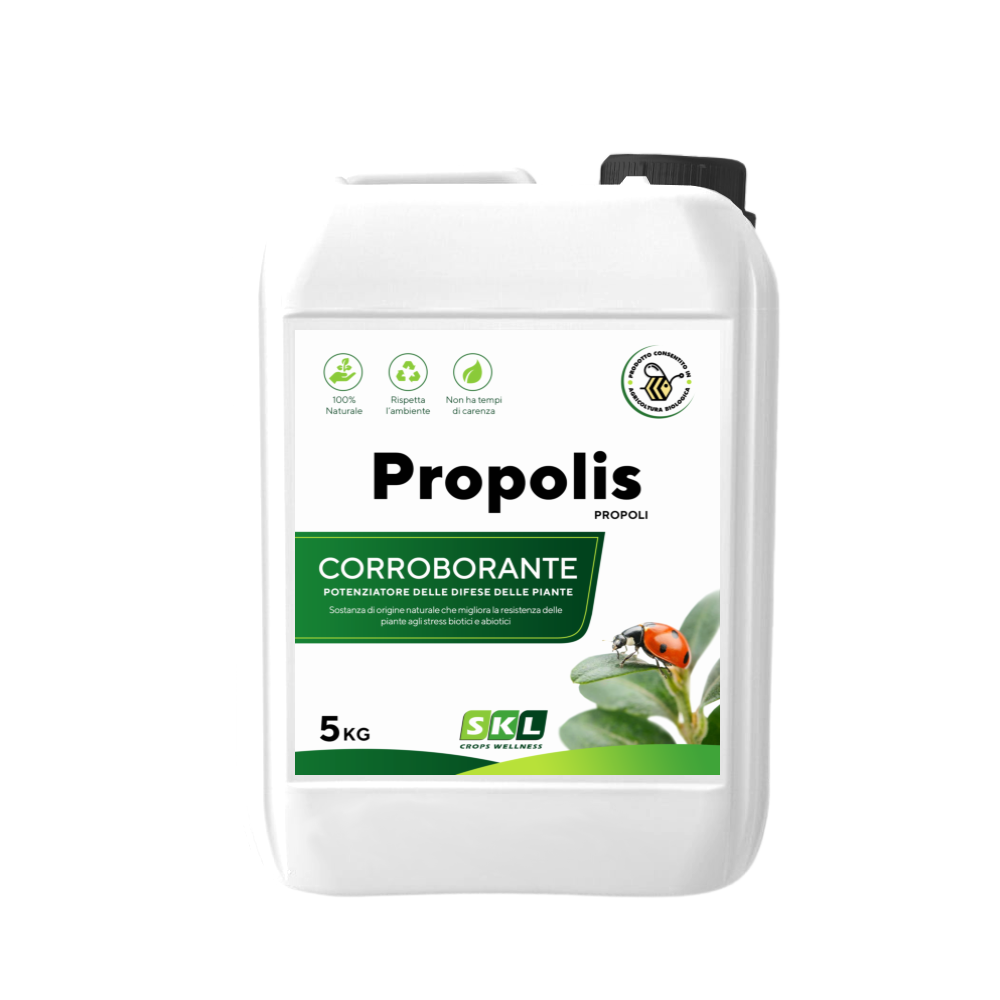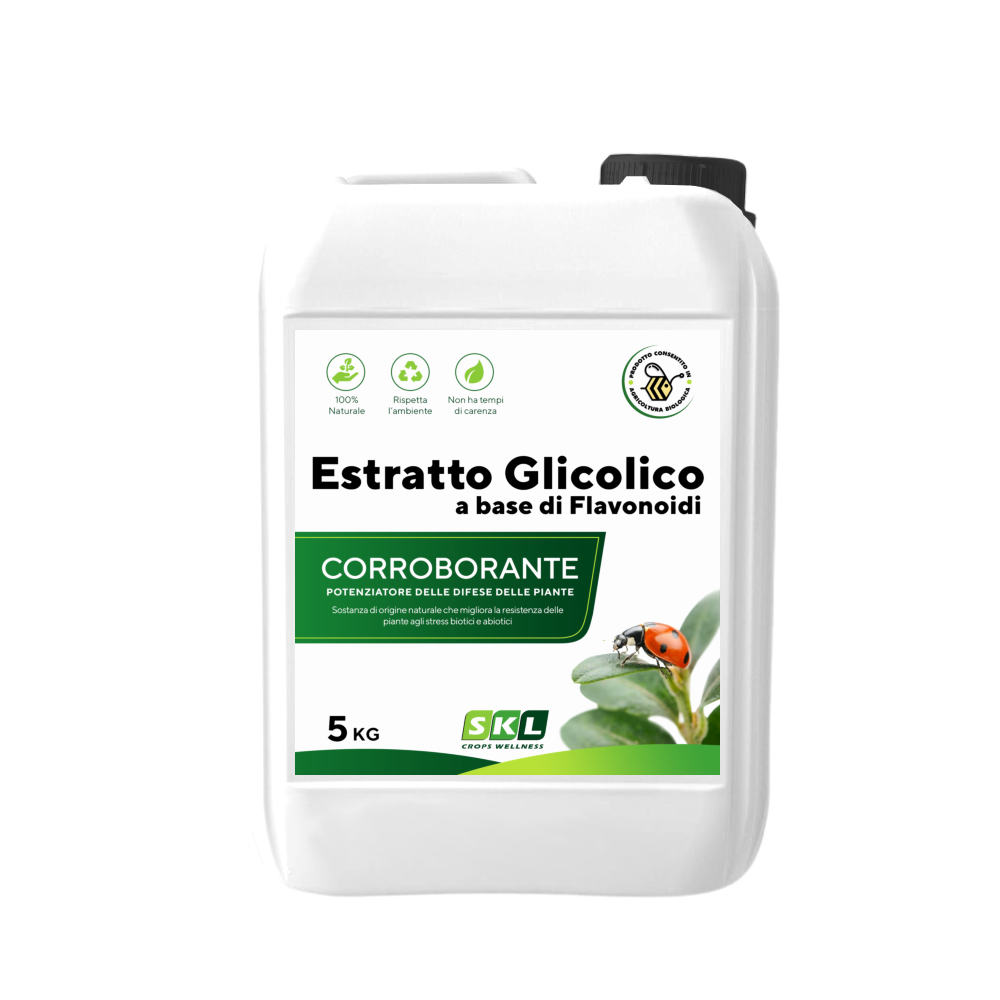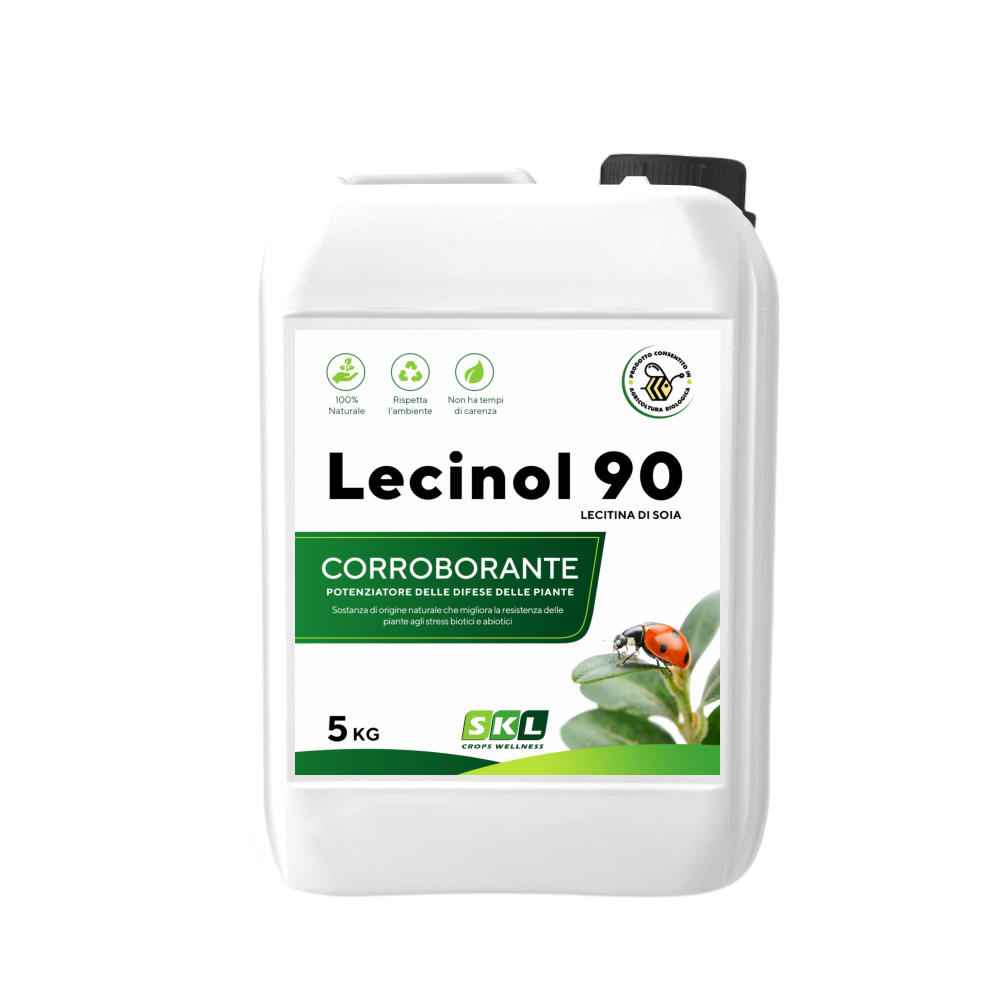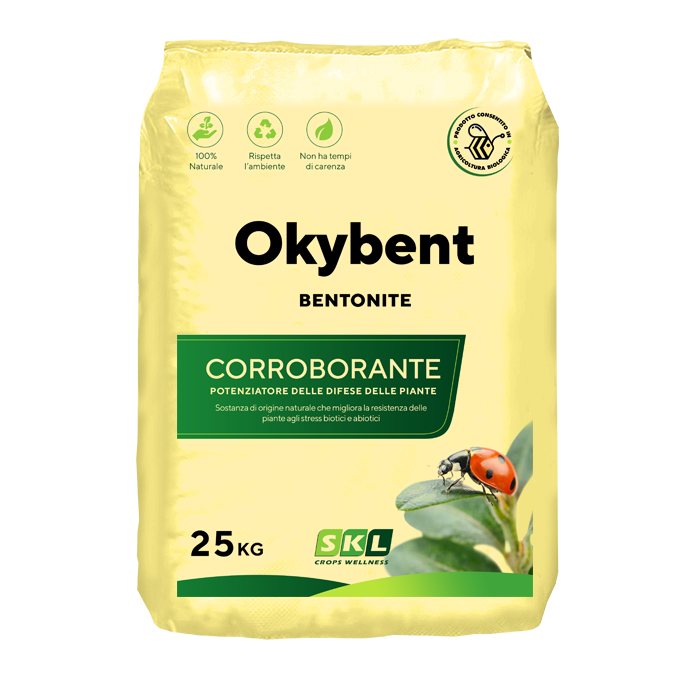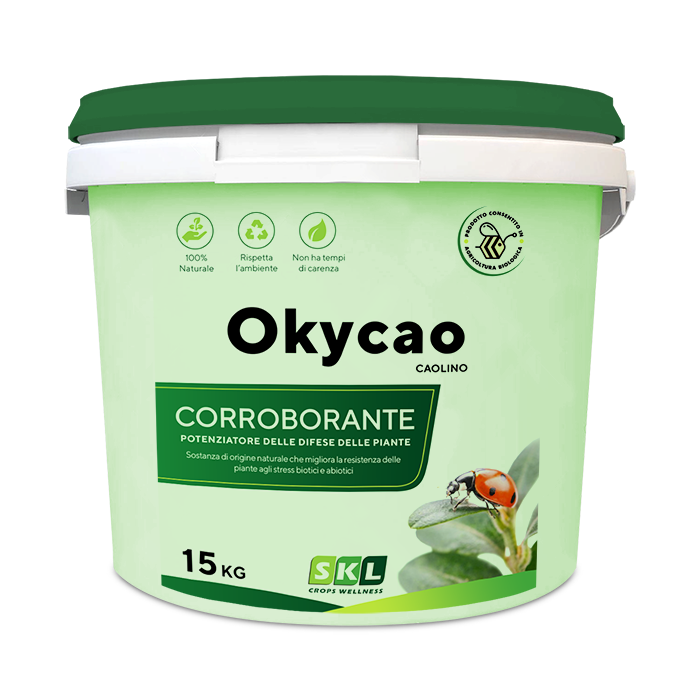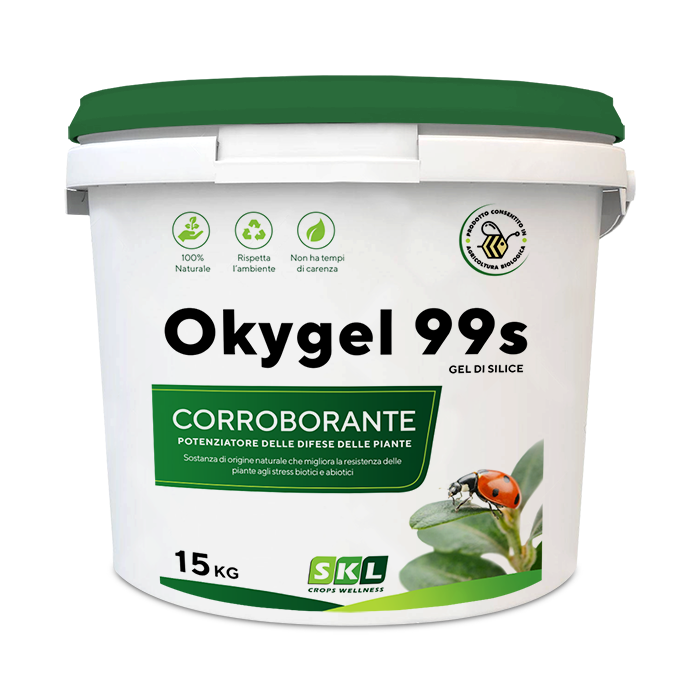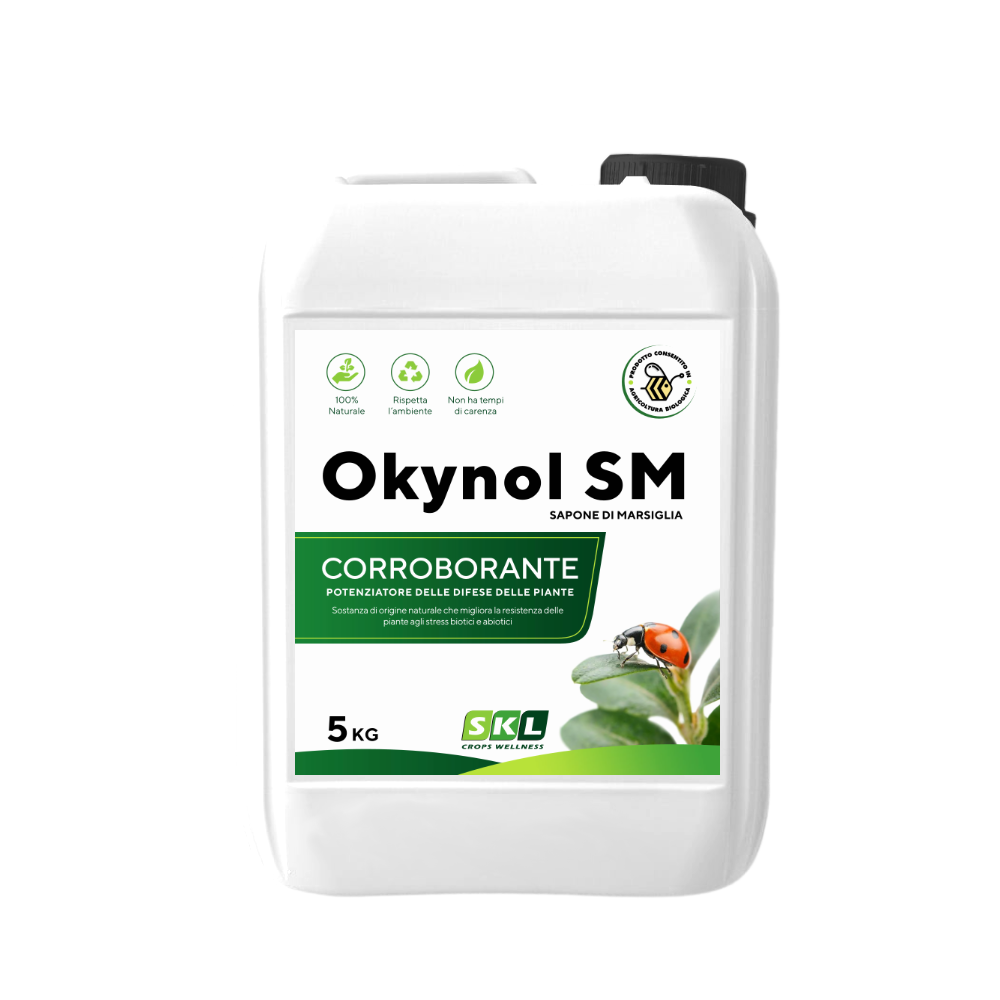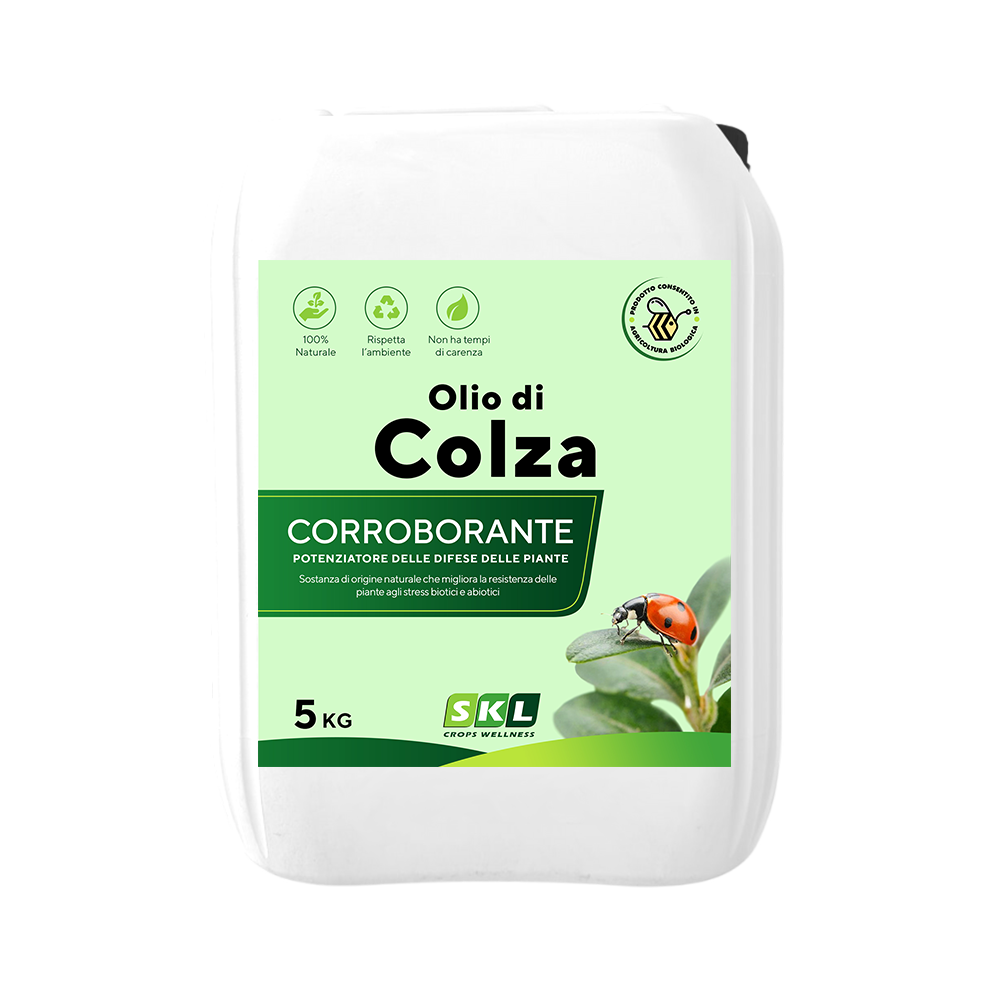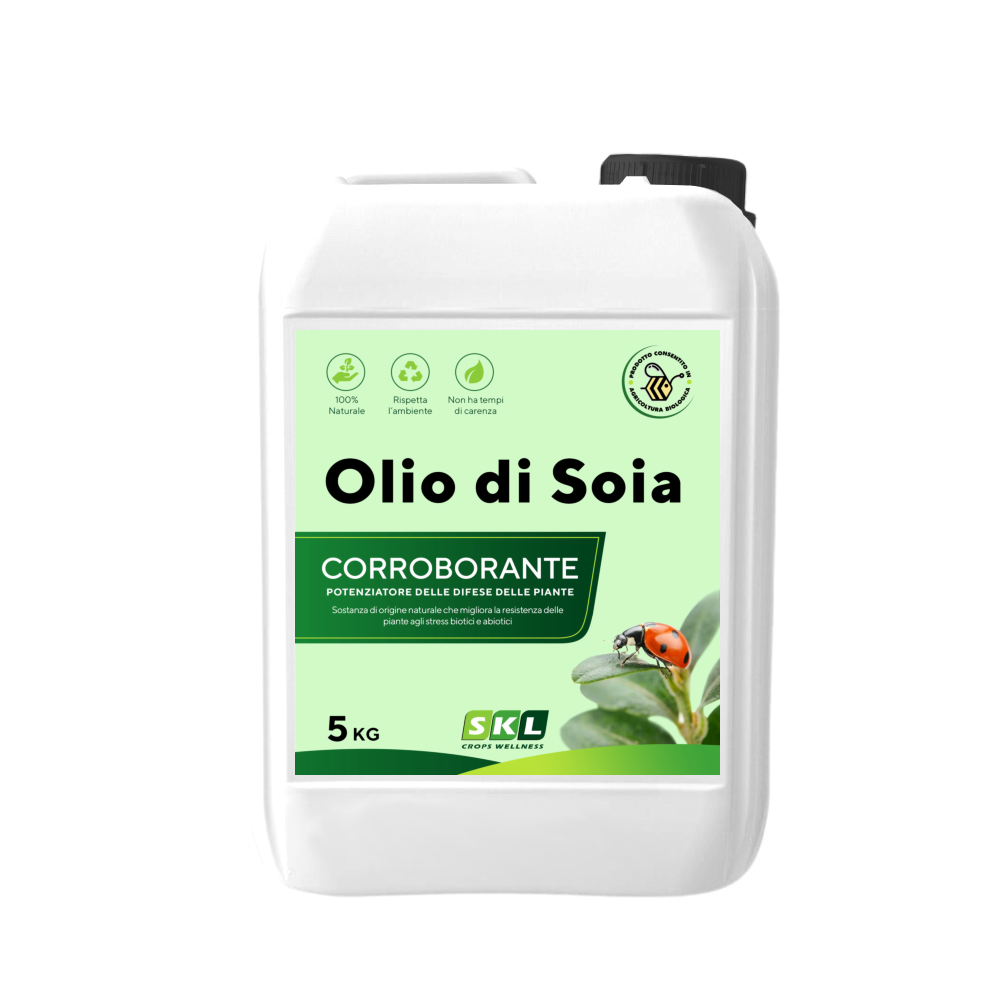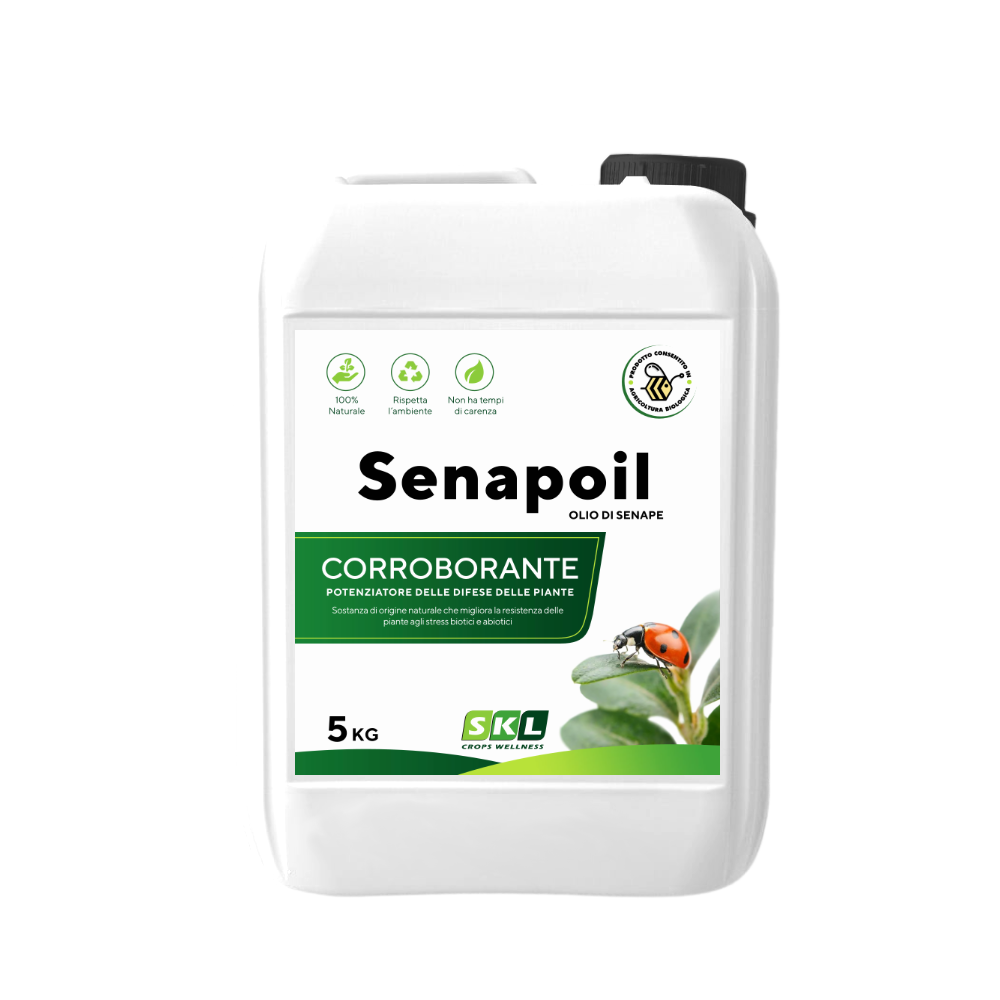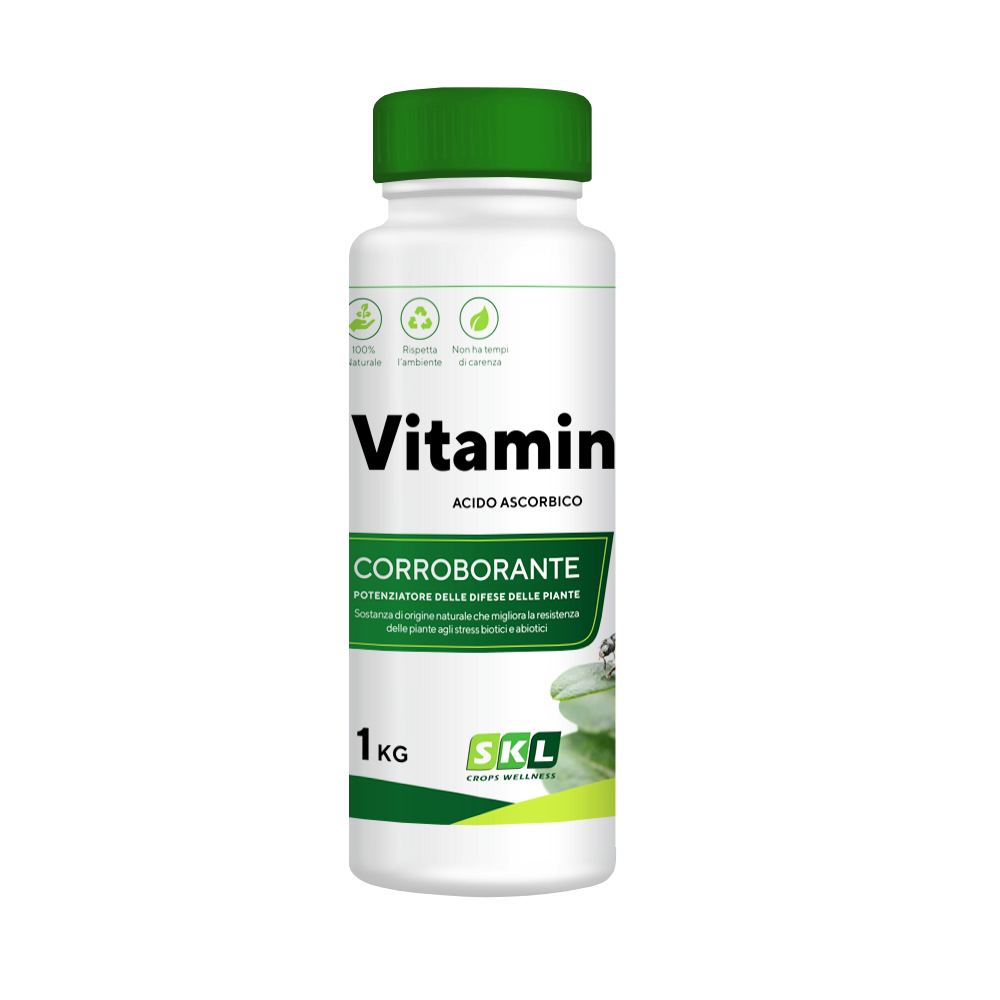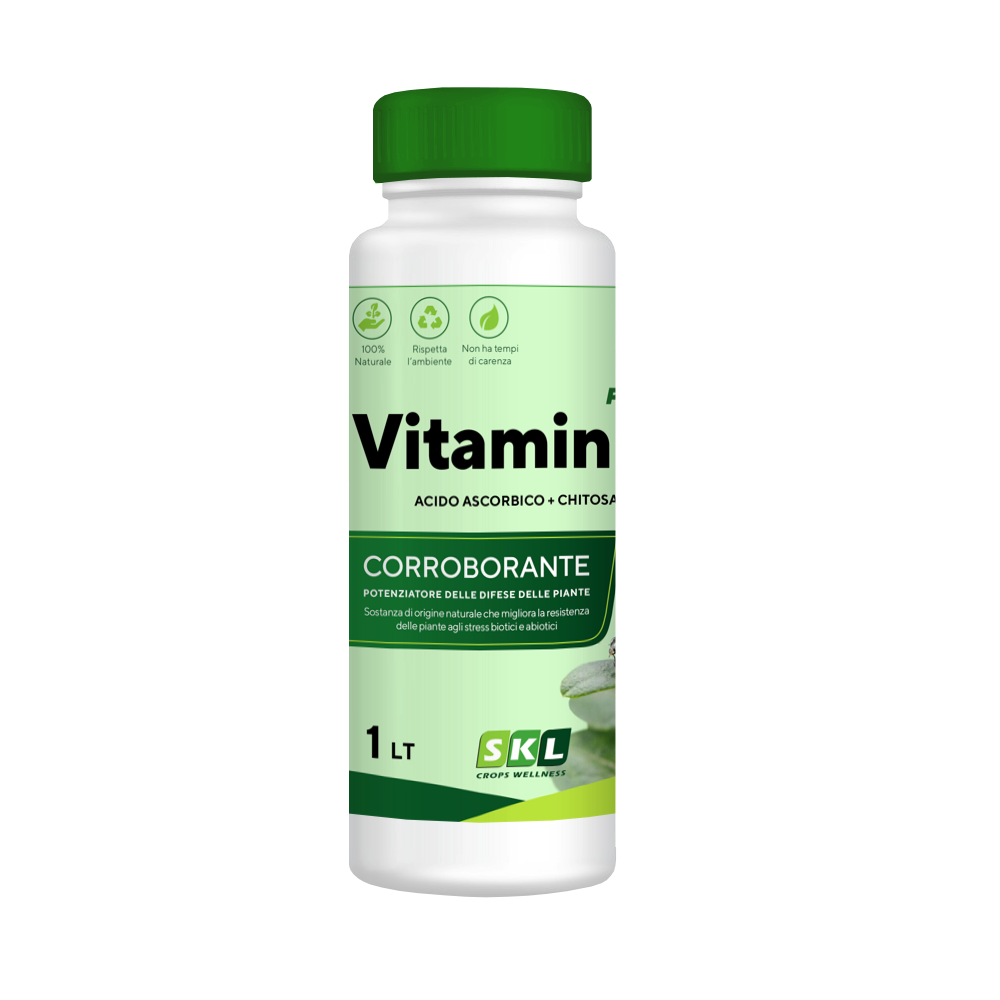Description
What is Propolis?
The term Propolis refers to a variety of resinous substances collected by bees from the plant tissues of numerous plants including Poplar, Plum, Fir, Chestnut, Willow, Alder, Horse Chestnut, Oak, and Ash. The bees then process these substances in the hive, adding their own salivary secretions, pollen, and wax. The composition of propolis is complex, with various constituents including waxes, resins, balms, essential oils, aromatic acids, and polyphenols, with a predominance of flavonoid compounds, aldehydes, benzoic acid, and caffeic acid.
Glycolic extraction preserves the characteristics of this natural tonic agent, which would be lost with alcohol or alcoholic solutions extraction. It has a marked protective action against fungal and bacterial pathogens; it behaves as an efficient synergist when used in combination with sulfur, copper salts, and endotherapeutic fungicides.
What is Propolis used for in Agriculture?
Propolis facilitates rapid healing of wounds caused by trauma or pruning, while protecting the plant from pathogen penetration; it promotes pollination by attracting bees, improves fruit preservation after harvest, and reduces rot formation.
Propolis also promotes vegetative bud development, functionality of flower sexual organs, pollination, rooting, and initial fruit growth.
Benefits of Propolis:
- Healing: promotes rapid healing of trauma and pruning wounds, facilitating tissue regeneration and protecting the plant from pathogen penetration.
- Activating action: the fraction of flavonoid compounds activates fundamental metabolic functions such as respiration.
- Attractive action: towards bees, promoting pollination.
When applied before harvest, it improves fruit resistance and shelf life.
How does Propolis work?
The phenolic components (flavones, flavonoids, and flavonones) have phytostimulating properties, favoring the plant's self-defense and enhancing the action of certain pesticides.
The presence of over 300 components in Propolis makes it very difficult to identify the mechanism of action. However, the antioxidant, antimicrobial, and strengthening activity of the plant seems to be attributable to the sum of the different components rather than the action of individual components. The content of polyphenols is expressed in terms of galangin as a reference term.
Dosage
| Crops | Foliar application | |
|
alone |
with agrochemicals |
|
|
Fruit trees |
200 - 250 g/hl |
150 - 200 g/hl |
|
Industrial and vegetable crops |
200 - 250 g/hl |
150 - 200 g/hl |
|
Floriculture |
200 - 250 g/hl |
150 - 200 g/hl |

